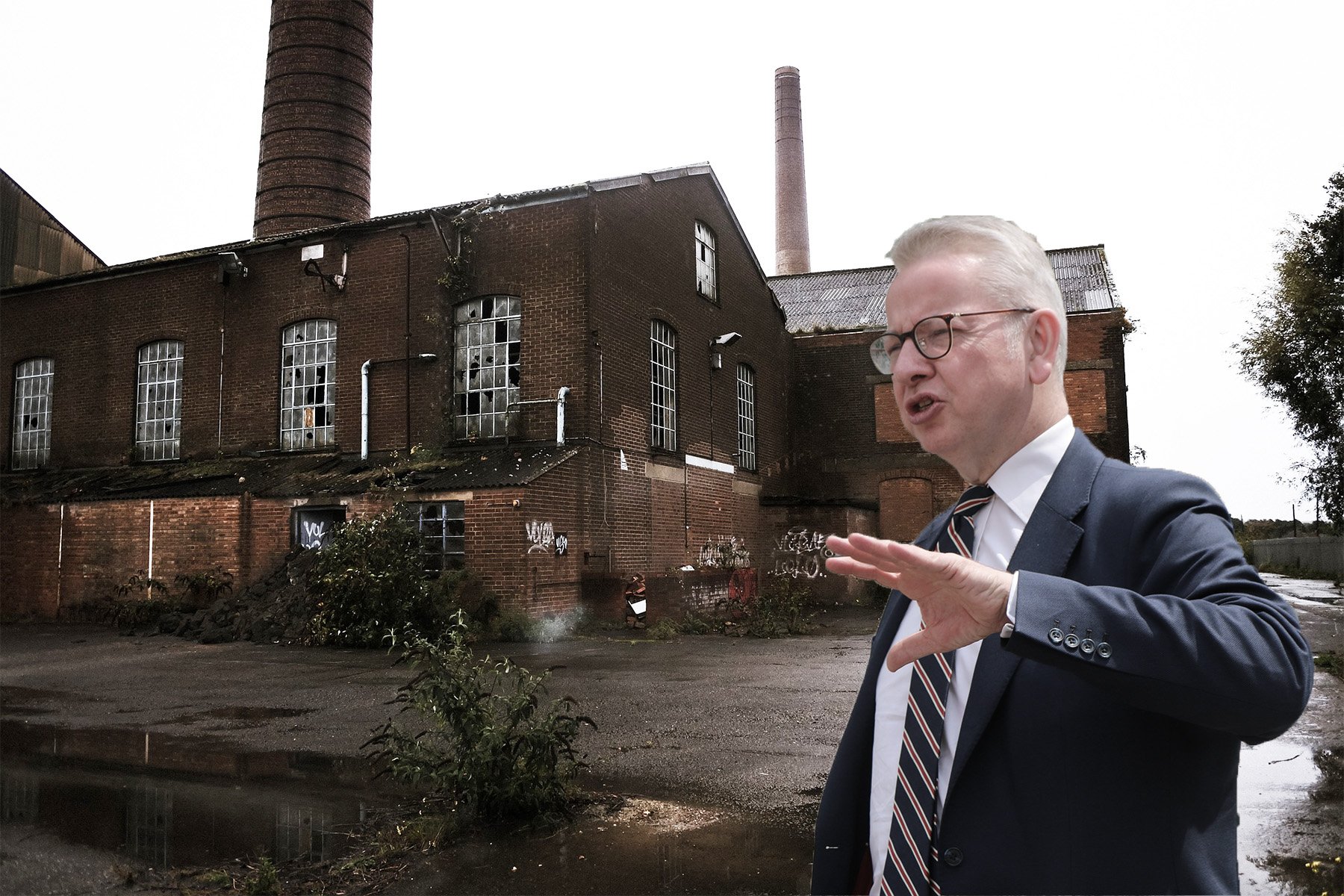Digging in on the housing crisis
The Conservatives have fired off the latest salvo in the political battle over planning and housing.
Unveiling a new policy that they promise will “turbocharge” building homes on brownfield sites, the Government has announced a major shake-up of planning rules to, they insist, “boost housebuilding while protecting the Green Belt.”
Increasing housebuilding, while avoiding upsetting anyone who might object, is the Holy Grail of planning policy - and always seems to remain tantalisingly out of the reach of politicians.
They face condemnation for missing housing targets, fuelling higher house prices and homelessness, but are criticised for concreting over England’s green acres if they ease the brakes off planning restrictions to allow more building. It’s a lose-lose.
Michael Gove’s answer to this political Catch-22 is to put the focus firmly on building in big cities, favouring brownfield sites that are close to existing facilities. The Secretary of State for Housing plans to get tough with councils which refuse permission for new city homes or block the conversion of disused shops and offices into flats.
The consensus among many at the sharp end of the business of providing new homes, is that on its own building on brownfield sites, as proposed by the government won’t deliver what’s required. Turning housing policy into an either-or – either brownfield or greenbelt – smacks more of politics than planning.
Last autumn Sir Keir Starmer promoted building on the least valuable greenbelt land, styling Labour “the builders not the blockers. Now Rishi Sunak and Michael Gove hit back with a promise to put houses in cities and “protect the countryside.” In both cases it is yah boo politics that fails to address the issue.
KOR’s Senior Consultant Andrew Howard said: “A common riposte to proposals to build homes on the edges of existing communities is “build on brownfield first”. But it’s not as easy as that, or else there would be no brownfield land left!
“One point is location. Is a former factory, surrounded by other working factories, a good place for new homes? Of course not. Many industrial and commercial facilities were built on out-of-town sites for good reasons back in the day – very often because they were away from residential areas.
“Another point is that, surprisingly often, previously developed land is now classed as being in an inappropriate flood zone and requires a mixture of innovative solutions, and millions of pounds, to sort out.
“And finally, what lies beneath? Brownfield sites are very rarely flat, wide expanses of concrete, ready for bricks and mortar to be simply added on top. They may well require archaeology followed by decontamination. What about water and sewerage, gardens, and parks, shops, schools, even bus routes? It all adds up.
“So, in order to be viable brownfield sites need to be relatively much more dense than what many might think acceptable. For the main part, they aren’t suitable for the three-storey Georgian townhouses which are apparently in vogue now.
“That’s not to say all new development should be on greenfield sites. But we need to make sure people understand the difference between green belt and greenfield – and that some green belt is not all that green at all.
“Everyone needs to be honest about this one point – almost all homes in this country were built on fields. It’s not wrong in itself, provided appropriate steps are taken to care for nature and the environment.”
In summary the key, in planning to build on both brownfield and greenfield sites, is to explain the need for development early on, tell neighbours and potential critics what is proposed and, crucially, why it is needed.
Consult, listen and amend plans as required and, above all, engage with all those affected. Then, whether the site is brown or green, it can play its part in providing places for people to live which is, after all, what a government’s housing and planning policy is supposed to deliver.

